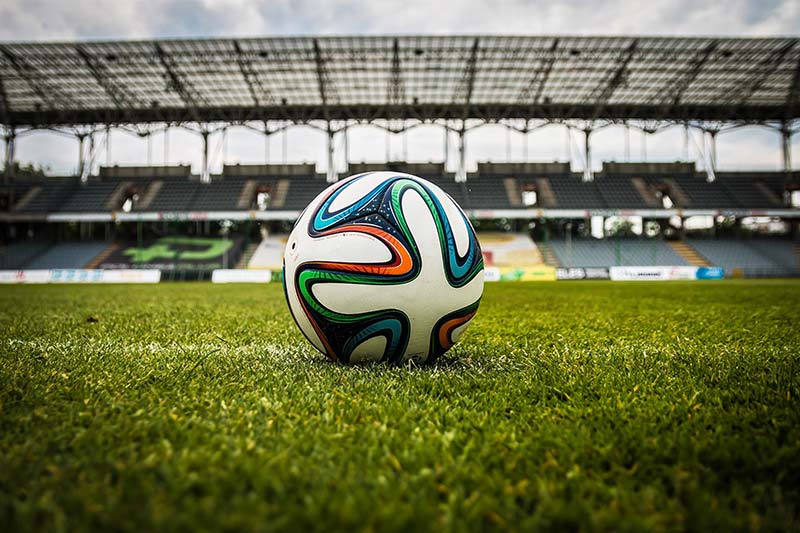For over a decade now, professional women’s soccer players have continued to voice their concerns with artificial turf playing fields. Since the 2015 Women’s World Cup, many professional women’s players have taken a stance against playing on artificial turf, urging officials to bring natural grass back to their playing fields, and most importantly to the Women’s World Cup. And for the 2019 and 2023 World Cup tournaments, it appears they have made tremendous headway in their fight.
Once touted as a great new alternative to natural grass because of its ease of maintenance, and year-around consistent look, artificial turf quickly gained popularity in many professional sports arenas, including the NFL, MLB, MLS and many others. Unfortunately, since it’s professional debut in the 1960’s at the Astrodome, a multi-use professional sports arena in Houston, TX, the allure of artificial turf playing fields began to decline. Along with voiced concerns from many athletes in all arenas, numerous proven studies and reports over the years have shown many health, safety and environmental concerns related to these fake grass fields. For more information on artificial turf concerns, read 8 Reasons Why Natural Grass Lawns Are a Clear Winner over Artificial Turf.
Many of these same concerns have been voiced by women’s soccer players from around the world for over a decade now, including most notably by US player, Abby Wambach, who has been quoted as saying playing on artificial turf is a “nightmare.” But in addition to these concerns, there’s one other facet of this story – Men’s soccer has long been played on natural grass fields, only further strengthening inequalities between men’s and women’s sports. The soccer world’s international governing body, FIFA, who also hosts the most notable international soccer tournament, the Women’s World Cup, is at the center of this debate.
According to a Time Magazine article, after a year of arguments had begun with FIFA in 2015, the U.S. National Women’s team took a stand against the federation and refused to take the field for a friendly match, “after assessing the conditions of the field and deeming them dangerous.” For context, the 2015 Women’s World Cup was hosted by Canada, the only country to bid for the job, and all six fields to be used for tournament play had artificial turf. United, the team was fighting for their protection and safety against potential injuries that can ultimately affect endorsement deals, and potentially be career-altering—all risks that are too big for these players to take.
Rightfully, for professional women’s soccer players, and women athletes around the world, their voices have been heard loud and clear. FIFA took a bold and welcomed turn to ban artificial turf
fields from both it’s 2019 tournament hosted by France, and it’s 2023 tournament hosted by Australia and New Zealand. According to an Associated Press article, a hybrid system that has been used for some time in other leading stadiums, and most notably on the men’s playing fields, will now be acceptable for the women’s tournament. These natural grass fields are reinforced with “millions of synthetic grass fibers that are woven in between and beneath the natural grass.”
While these fields have already improved play quality, and do offer advantages over 100% fake grass surfaces, there’s no question that 100% natural grass fields remain the safer and preferable option for athletes. Real grass benefits include reduced risk of player injury, as well as making for a more agreeable surface for players to slide and control the ball for high-level play.
Women’s soccer is no doubt happy to have been heard and recognized as worthy of a better-quality playing surface for tournaments to come. These changes by FIFA have made for great strides in the advancement of women’s sports around the globe. Incorporating natural grass back into playing fields is one piece of a big puzzle that will help to keep professional sports entertaining, competitive and most importantly, safer.



